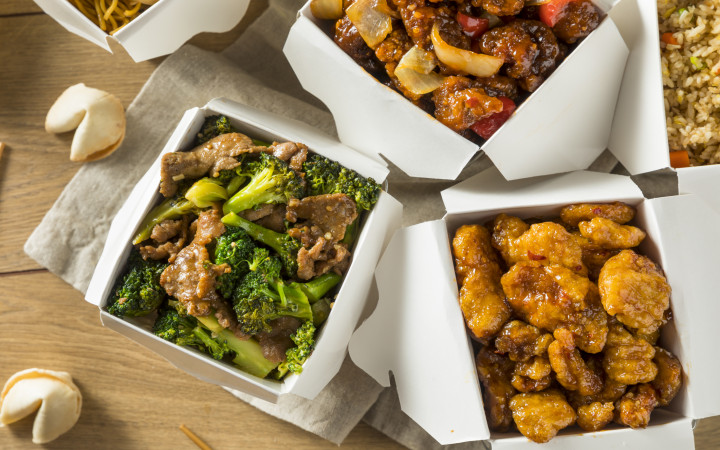Today’s Wonder of the Day was inspired by Katelyn. Katelyn Wonders, “What is MSG?” Thanks for WONDERing with us, Katelyn!
Do you have a sweet tooth? Many people can’t keep their hands off of cookies and cakes. Others like salty food, like French fries or meats. Traditionally, cooks worked with four tastes when making food. These tastes were sweet, salty, bitter, and sour. In the early 1900s, a Japanese scientist named Kikunae Ikeda found the fifth taste. He named it umami.
We bet you’ll never guess how Ikeda found umami! Here’s a hint: It’s from something slimy that lives in the ocean. No, not an eel! He found umami by studying seaweed. Ikeda liked the taste of a popular Japanese soup and set out to find what made it taste so good. He found that the taste came from the seaweed used in the soup. Later, he sold a man-made version of the taste called Ajinomoto (in English, “essence of taste).” In America, people call it monosodium glutamate, or MSG.
Does that sound familiar? You may have heard about MSG from your parents or teachers. It became popular in the United States during World War II. The military used it to make their food taste better. When soldiers came home, MSG came with them. Soon, it was in all kinds of food at the grocery store. You could find MSG in canned vegetables and soup, as well as frozen meals.
Today, many food boxes proudly say “No added MSG.” What happened? Doesn’t MSG make food taste better? Many people think it does, but they still avoid it today. To understand why, we need to go back a few years.
In the 1960s, some people complained that they felt sick after eating Chinese food, which contained MSG. This caused scientists to take a closer look at MSG. Testing produced mixed results. Some studies tied MSG to health problems like headaches, allergies, and obesity. Other studies showed no connection between MSG and health problems at all.
Today, the Food and Drug Administration (FDA) calls MSG “generally recognized as safe.” It reports that while some people report sensitivity to MSG, scientific study has shown no health threats. However, any food eaten in excess can be unhealthy, and that includes MSG.
Which foods contain MSG? It appears naturally in tomatoes, parmesan cheese, and many others. Other foods often have MSG added. Have you ever eaten fried chicken? How about chicken noodle soup? Those products typically contain added MSG--it’s part of why they’re so tasty!
Still WONDERing whether you should eat MSG? That’s a decision for you to make with your family. Modern scientists agree it’s safe, but many people avoid it anyway.
When was the last time you bit into a chicken nugget or opened a bag of tortilla chips? You probably didn’t know it, but those products likely contained MSG!
Standards: ELA.RST.2, ELA.RST.10, CCRA.R.1, CCRA.R.2, CCRA.R.3, CCRA.R.10, CCRA.W.2, CCRA.W.9, CCRA.SL.1




